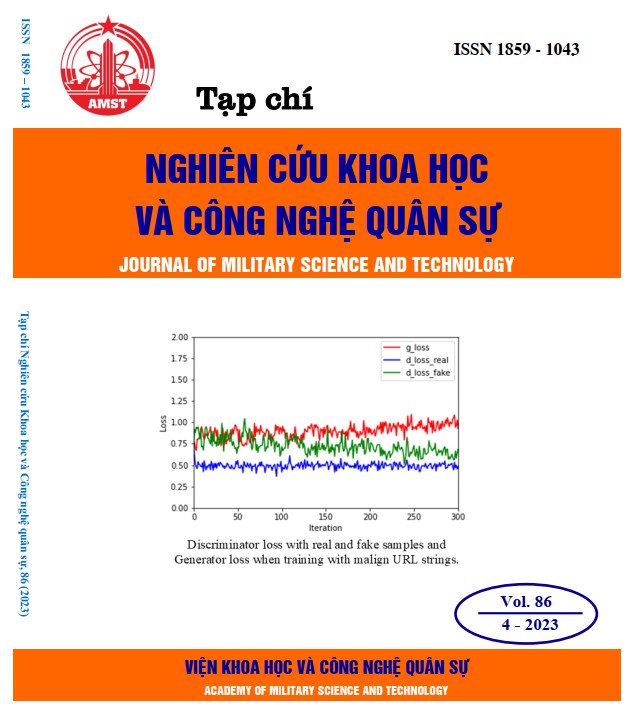Research and design the taper angle of a single use piston
332 viewsDOI:
https://doi.org/10.54939/1859-1043.j.mst.86.2023.165-172Keywords:
Single use Piston; Piston - cylinder; Taper angle; Cylinder; Deformation.Abstract
In this paper, using numerical simulation combined with experiment, the most suitable design for piston taper angle in the single use piston of the piston - cylinder system has been proposed. The research process shows that, when the piston has a taper angle of 12o for the design of the cylinder tail taper angle of 20o, the resulting deformation, the equivalent stress of the cylinder tail is the smallest as well as the deceleration time of the piston is the greatest, thereby increasing the tightness and minimizing the impact of the piston-cylinder collision on the sealing process and the operational reliability of the system. The results after the study are proven experimentally, the experimental results show that the simulation results are reliable and highly applicable. The results of the article are applied to manufacturing and testing 82 mm silent mortar systems.
References
[1]. Siti Nurul, Yutaka Asako, Tan Lit, Nor Azwadi. "Piston Surface Pressure of Piston- Cylinder System with Finite Piston Speed." Journal of Advanced Research in Fluid Mechanics and Thermal Sciences 44, Issue 1, pp. 55-65, (2018).
[2]. Gruber, Christian, and Gary P. Morriss. "A Boltzmann equation approach to the dynamics of the simple piston." Journal of statistical physics 113, no. 1-2: 297-333, (2003). DOI: https://doi.org/10.1023/A:1025735107599
[3]. https://soha.vn/sung-coi-va-dan-coi-triet-am-50-mm-viet-nam-co-gi-dac-biet-20171114115337878.html.
[4]. R.D. Cook, D.S. Malkus, M.E. Plesha, R.J. Witt, Concepts and Applications of Finite Element Analysis, fourth ed., Wiley, (2001).
[5]. B.P. Sommeijer, Increasing the real stability boundary of explicit methods, Computers & Mathematics with Applications 19 (6), pp. 37–49, (1990). DOI: https://doi.org/10.1016/0898-1221(90)90046-M
[6]. C.D. Acosta, C.E. Mejía, Stabilization of explicit methods for convection diffusion equations by discrete mollification, Computers & Mathematics withApplications 55 (3), pp. 368–380, (2008). DOI: https://doi.org/10.1016/j.camwa.2007.04.019
[7]. ANSYS Inc. ANSYS Workbench User’s Guide, Release R2020.1.







